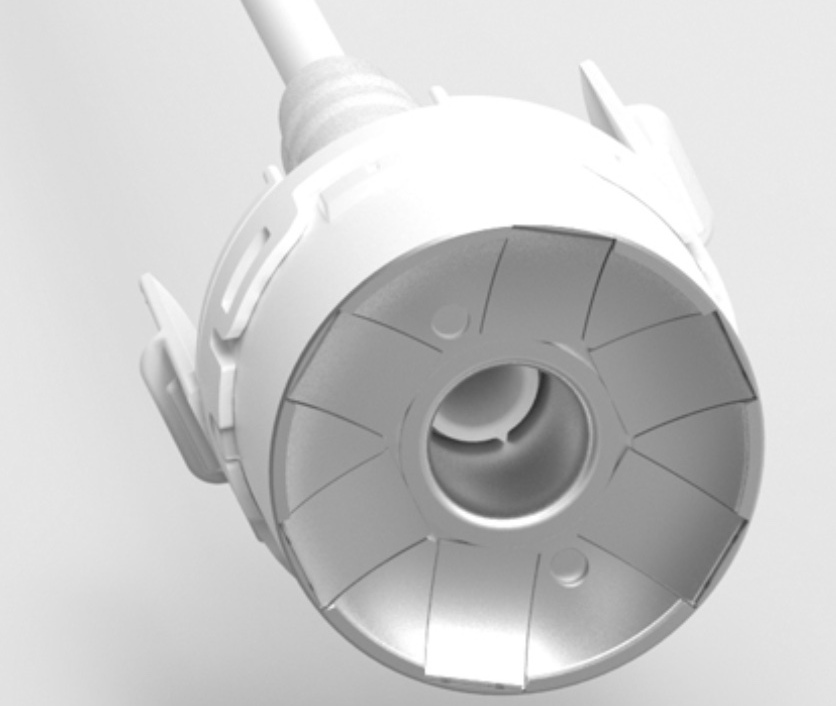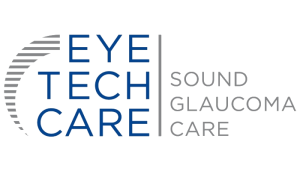
High-intensity Focused Ultrasound
FAQ
Frequently Asked Questions
The high-intensity focused ultrasound is a non-invasive procedure that delivers highly concentrated sound waves to the part of the eye that produces fluid, reducing fluid production and thereby lowering eye pressure.
Inside the eye, a clear watery fluid called aqueous is produced by a part of the eye called the ciliary body which is located just behind the coloured part of the eye. The clear fluid circulates inside the eye before draining away through drainage channels. In glaucoma, these drainage channels do not work properly and this can cause a build-up of pressure inside the eye. This pressure can damage the optic nerve which carries images from the eye to the brain affecting your vision.
High eye pressure occurs when more fluid is produced than can drain away. This procedure accurately delivers sound waves to the part of the eye that produces fluid (the ciliary body), causing a reduction in fluid production and thereby lowering eye pressure. The procedure reduces fluid inside the eye, which is separate from tears.
High-intensity focused ultrasound can be performed in most types of glaucoma, both early or late in disease. The procedure can be performed early to prevent or delay or the need for more invasive surgery. Alternatively, it can be used when other treatments have failed.
High-intensity focussed ultrasound is usually performed in an operating theatre under local anaesthetic, meaning you are awake but your eye will be numb so you will not feel anything. Your eye will be numbed with eye drops and then a small injection will be given around your eye. The injection may cause a pressure sensation and brief discomfort. You will have the option of requesting light sedation. The local anaesthetic takes several hours to wear off and may affect your vision during this time. The procedure can also be performed while you are asleep under general anaesthetic.
A small plastic suction cup containing the probe will be placed over your eye to help accurately focus the sound waves. You will not feel or see anything during the procedure, which lasts only a few minutes. At the end of the procedure an eye pad will be placed over your eye.
You will be given new eye drops to take following the procedure. You should also continue your existing glaucoma medications (and/or tablets) as the ultrasound does not begin to work straight away. You will be given an appointment to come back to clinic several weeks following the procedure.
At the end of the procedure your operated eye will be padded. If your unoperated eye does not see well, your operated eye may not be padded and instead covered with a clear plastic shield.
You will usually be able to go home the same day. Most patients will need to be examined in the first few weeks after surgery.
Cyclodiode laser is usually performed in an operating theatre under local anaesthetic, meaning you are awake but your eye will be numb so you will not feel anything. Your eye will be numbed with eye drops and then a small injection will be given around your eye. The injection may cause a pressure sensation and brief discomfort. You will have the option of requesting light sedation. The local anaesthetic takes several hours to wear off and may affect your vision during this time. The procedure can also be performed while you are asleep under general anaesthetic.
The laser is applied via a pencil-like probe that is placed against the white of your eye. You will not feel or see the laser and the procedure takes about 10 to 15 minutes. At the end of the procedure an eye pad will be placed over your eye.
You will be given new eye drops to take following the procedure. You should also continue your existing glaucoma medications (and/or tablets) as the laser does not begin to work straight away.
At the end of the procedure your operated eye will be padded. If your unoperated eye does not see well, your operated eye may not be padded and instead covered with a clear plastic shield.
You will usually be able to go home the same day as your operation. Most patients will need to be examined in the first few weeks after surgery.
It is normal for your eye to be slightly blood shot and sore after the procedure. You may want to take a painkiller such as paracetamol following the procedure.
Your vision may also be blurry for 1 – 2 weeks after the procedure.
You will be given new anti-inflammatory and antibiotic eye drops to prevent inflammation and infection.
The ultrasound takes 4 – 6 weeks to have its full effect and during this time you will need to continue your glaucoma medications. Your doctor will advise you when you can stop your glaucoma medication.
Most people will take 1 – 2 weeks off work, however the length of time will depend on the nature of your work.
It is safe to fly after surgery, however you will need to be seen regularly by your surgeon in the early post-operative period.
Your eye may feel bruised and swollen following the procedure. However some patients may experience pain or have inflammation/swelling in their eye following the procedure. You will be given eye drops following the procedure to control this inflammation and help relieve discomfort.
It is not uncommon to require a second ultrasound treatment should your eye pressure remain high after the first treatment.
Your vision may be blurry for a few weeks following the procedure. There is a very small risk your eye pressure may become too light following the procedure.
Exceedingly rarely, ultrasound to one eye may cause inflammation or swelling in your other eye.
Other treatment options include medications (eye drops and/or tablets), laser, or operations such as trabeculectomy or aqueous shunt insertion.
Alternative procedures that reduce the production of fluid inside the eye include endoscopic cyclophotocoagulation (ECP) and micropulse cyclodiode.
If you do not have treatment, there is a risk that the sight or pain in your eye will get worse because of glaucoma.
Aptel F, Denis P, Rouland JF, Renard JP, Bron A. Multicenter clinical trial of high‐intensity focused ultrasound treatment in glaucoma patients without previous filtering surgery. Acta Ophthalmologica. 2015.
Editors
Founding Editors
MIGS.org was developed by glaucoma surgeons with a broad experience in minimally invasive glaucoma surgery to provide patients with evidence-based and unbiased information.


Glaucoma Specialist
Dr Nathan Kerr





